Contrary to what you probably read in books and other Internet articles, craps is designed for the casino to win and the player to lose. Over time, the player always loses. The fact is, no matter what bets you combine and betting patterns you apply, you can’t overcome the house advantage. No hedge-bet method (i.e., combination of bet types and bet amounts) will ever change the negative expectation to result in a player advantage. The best you can hope for is to minimize the house advantage and maximize your fun. The knowledgeable player knows he’s supposed to lose, so he plays for fun and excitement. He hopes, but doesn’t expect to win. The secret is to find the optimal mix of variables that allows you to walk away with something left in your pocket and be happy that you didn’t lose it all. The secret allows you to play longer, lose less, and leave in a good mood. You might even leave a winner, making your gambling vacation even sweeter.
Let’s take a basic look at how the casino gets its advantage over the player. When you understand the math and the fact that casinos pay less-than-true odds, you’ll understand why you can’t beat the casino over the long haul. The following simple comparison between two bet types demonstrates two fundamentals that the player must fully understand before putting money on the table. Let’s look at the Place 6 bet and the Big 6 bet.
With these two bets, we bet the number 6 against the number 7. Knowing there are 36 possible two-dice combinations, let’s assume we experience a “perfect distribution” where, in 36 rolls, the number 6 appears five times and the number 7 appears six times. When betting the 6 against the 7 over 36 rolls, we make a total of 11 bets (i.e., we win five times when the 6 appears and we lose six times when the 7 appears; therefore, 5 + 6 = 11). It’s important to understand that the casino takes a set percentage out of every possible bet (except the free Odds bet). So, instead of true odds, they stick it to the player by paying casino odds, which are less-than-true. Given these basic assumptions, let’s look closer at the Place 6 and the Big 6.
The Place 6: To get the full Place odds (i.e., casino odds of 7:6, which are less than the true odds of 6:5), assume we bet $6 on each of the 11 bets. (The 7:6 odds means for each $6 bet that we win, we win $7.) Therefore, our total bet investment is $66 (i.e., 11 bets x $6 per bet = $66). We win five bets when the 6 appears; therefore, we win $35 (i.e., 5 x $7 = $35). We lose six bets when the 7 appears; therefore, we lose $36 (6 x $6 = $36). By winning $35 and losing $36, our net loss is $1. We determine the house advantage by dividing our $1 net loss by our $66 total investment, which results in a 1.52% house advantage (i.e., 1 / 66 = 0.01515, which equals 1.52%). A 1.52% house advantage means we can expect to lose an average of about $0.15 for every $10 that we bet.
The Big 6: This is an even-money bet (i.e., casino odds of 1:1), which means if we bet $6 and win, we win $6. Like the Place 6, our total bet investment is $66 over a 36-roll perfect distribution (i.e., 11 x $6 = $66). We win five bets when the 6 appears; therefore, we win $30 (i.e., 5 x $6 = $30). We lose six bets when the 7 appears; therefore we lose $36 (i.e., 6 x $6 = $36). By winning $30 and losing $36, our net loss is $6. We determine the house advantage by dividing our $6 net loss by our $66 total investment, which results in a whopping 9.09% house advantage (i.e., 6 / 66 = 0.0909, which equals 9.09%). A 9.09% house advantage means we can expect to lose an average of about $0.90 for every $10 that we bet.
Although each bet is the same amount (i.e., $6), which do you think is the good bet and which do you think is the stupid bet in terms of the player? Yes, very good! See how easy this is? (Don’t fear the math.) The $6 Place 6 is a much smarter bet, in terms of the player, than the Big 6. I don’t know about you, but I’d rather lose an average of only $0.15 for every $10 bet than an average of $0.90 per $10 bet. Wouldn’t you? This simple example clearly demonstrates two fundamentals the player must fully understand: 1) Over time, the player cannot conquer the house advantage and beat the casino, and 2) Certain bets are better than others in terms of the player because of their lower house advantage.
If the casino has a built-in house advantage that no one can beat over time, why do knowledgeable players bother playing? If we’re all doomed to lose, why play? Two reasons: 1) The incredible fun and excitement we experience at a craps table, and 2) The phenomenon called “distribution variance.” We rarely experience a perfect distribution in the relatively short time that we play because variance sneaks into the equation. Understanding variance and how to use it to your advantage is a prerequisite to learning the secret to craps. As my dad used to say, “Knowledge is money. And more knowledge is more money.”
By William Enslen Jr
W. Enslen is an engineer who routinely works with statistics. Having played and analyzed casino craps for 30 years, he now offers his winning secrets that you can sample for free. Visit his new site for a free comprehensive craps how-to on all aspects of the game. Learn the truth about craps strategy without all the bogus hype.

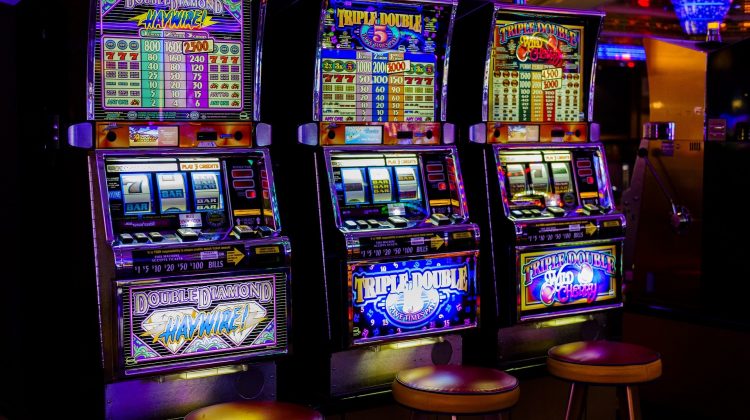

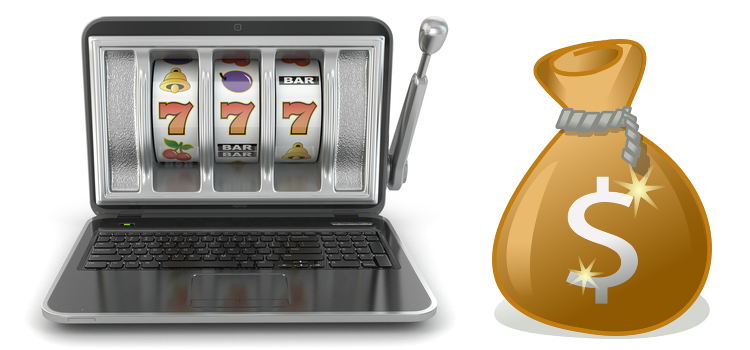


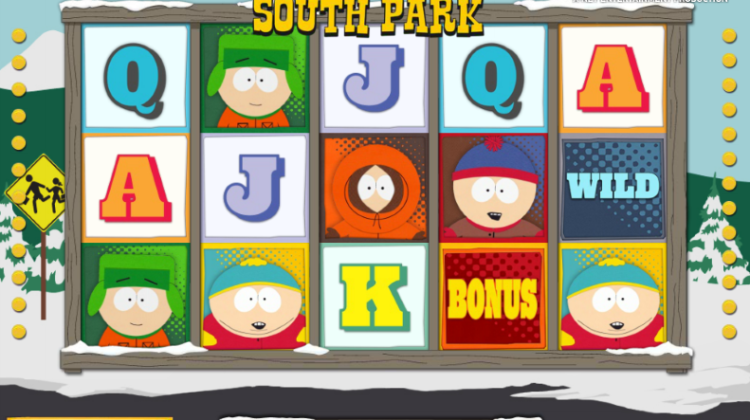

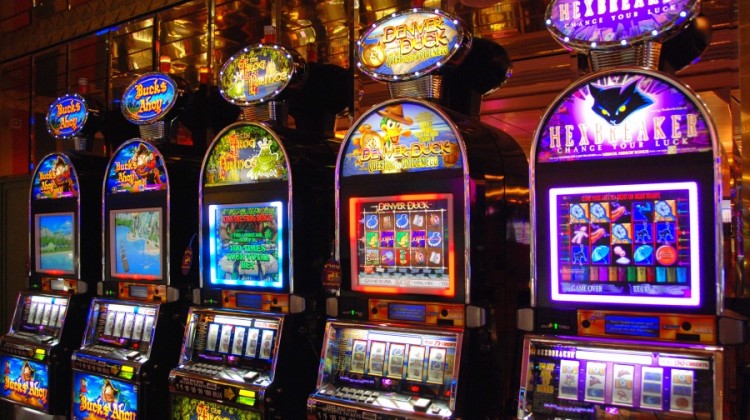
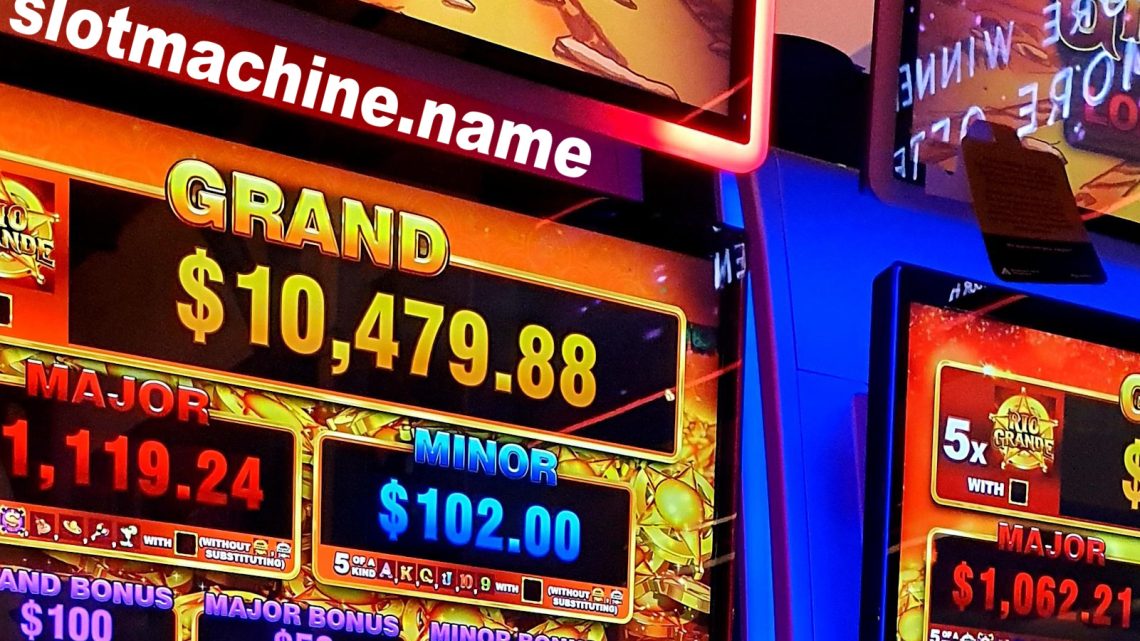
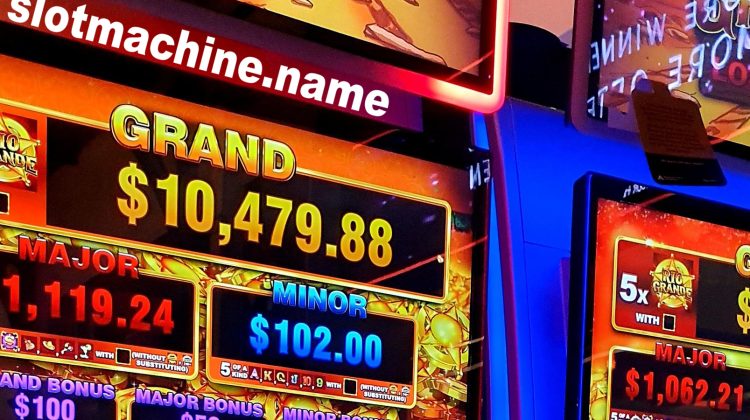
No Comment